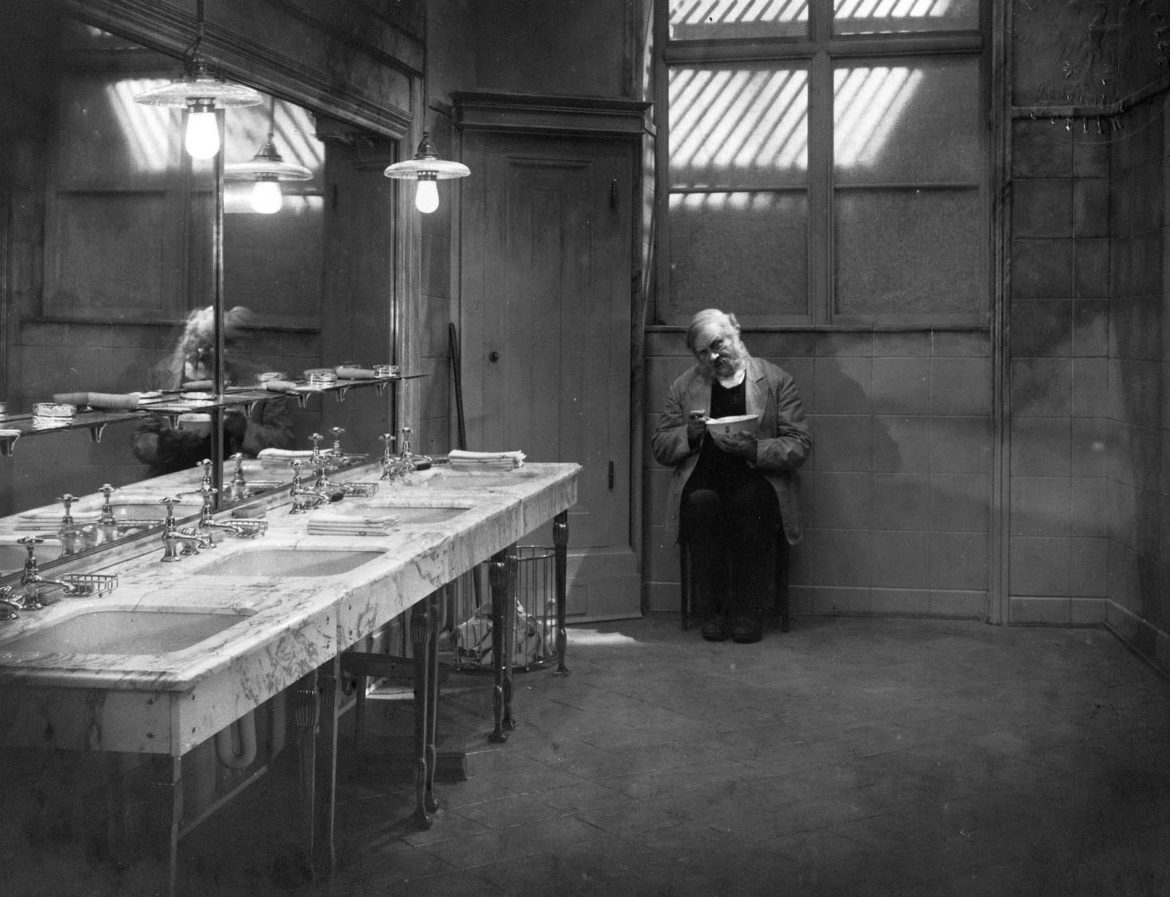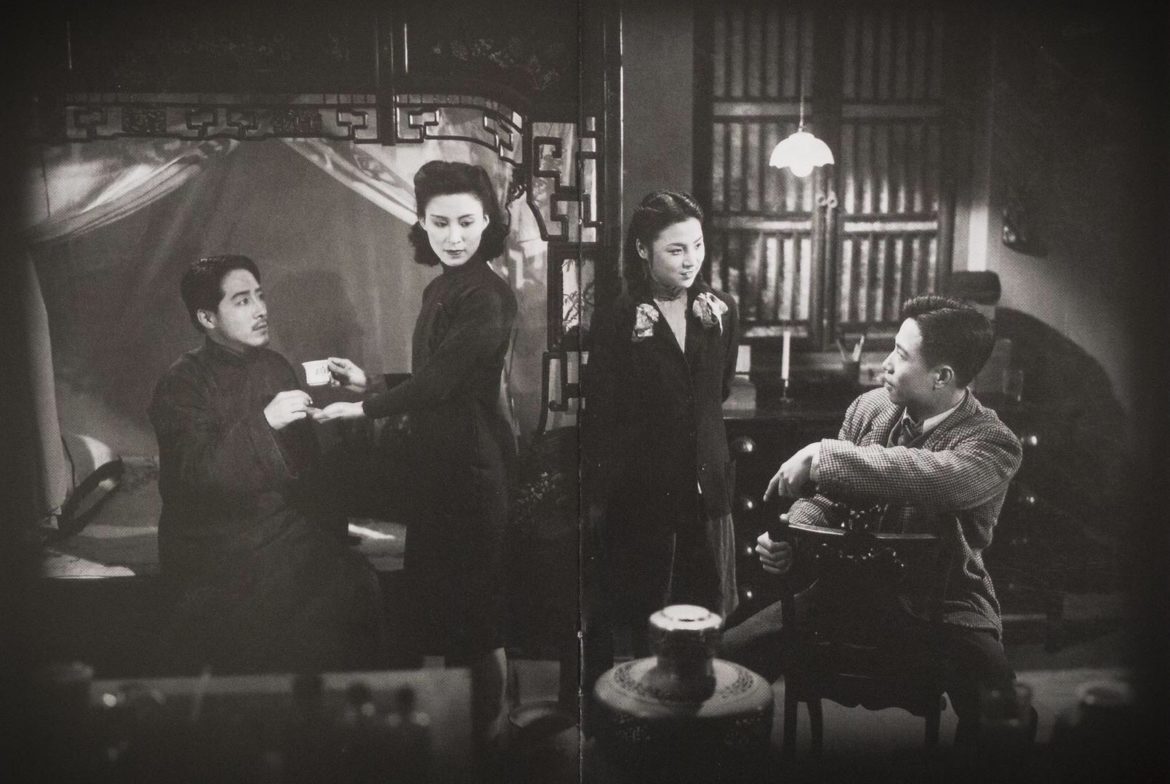In 1928, following the one-two punch of his celebrated U.S.-made releases Faust and Sunrise, and four years after he made The Last Laugh for UFA, the great German director F.W. Murnau predicted that the “films of the future will use more and more of these camera angles, or, as I prefer to call them, these dramatic angles.
Other
Ruins and Hope in Spring In A Small Town
A crumbling city wall runs along the hillside above the Dai estate, a once-great residence in similar disrepair. Through its cracks, we see the empty skyline stretching forever, and stones are scattered among the weeds. It’s an image of loneliness, faded glory, and nostalgia, and it forms the metaphorical centerpiece of Fei Mu’s 1948 masterpiece Spring In A Small Town.
The winner of last year’s Academy Award for Documentary (Short), Sharmeen Obaid-Chinoy’s A Girl In The River is a 40-minute gut-punch. As cinema, it’s not particularly groundbreaking. As a bracing call to arms against the institution of honor-killing, specifically in Pakistan, it’s entirely effective.
In their mission statement, the Ovarian Psychos succinctly explain what they’re about:
We are an all womxn of color bicycling brigade cycling for the purpose of healing our communities physically, emotionally and spiritually by addressing pertinent issues. We envision a world where women are change agents who create and maintain holistic health in themselves and their respective communities for present and future generations.
James White, currently streaming on Netflix, announces its focus right away, in its title. Probably, prospective audiences might rightfully imagine, this will be a film about a guy called “James White”. There’s something vaguely old-fashioned about it, Victorian. Not even “The Sorrows of James White” or “The Continuing Adventures of James White.”
Towards the end of Fernando de Fuentes’ 1936 epic Let’s Go With Pancho Villa!, Miguel Ángel del Toro ‘Becerrillo’ (Ramón Vallarino) asks, “The Revolution will triumph. Why do we stay?”
It’s the central question in this stridently anti-authoritarian, anti-militarist, and (possibly) anti-Revolutionary drama, considered to be the first Mexican “super-production”.
Central Intelligence’s tagline – “It takes a little Hart and a big Johnson” – is one of those rare constructions in entertainment advertising, jokes so stupid they come out the other side clever. In this way, it’s the ideal teaser for a film that marries its pro-forma buddy-comedy structure to an admirable willingness to stick with the joke until the end, trusting in its leads to carry the day.
Phil Dy is one of the most prominent Filipino film writers working today, a staunch advocate for the emerging cinema of the Philippines and a sharp, vocal critic of institutional problems in the industry.
He’s also the co-curator of New Filipino Cinema 2016, a film series screening through July 3rd at San Francisco’s Yerba Buena Center for the Arts.
Welcome to the first installment of a new end-of-week series, in which we profile something new to streaming, and round-up a few other recommendations for your weekend. I’ve opted to go with Netflix, since that seems to be the most common platform right now, and so hopefully relevant to your house.
When James Wan released Insidious in 2010 and the original The Conjuring three years later, it surprised a lot of horror audiences and critics. The director of Saw, and the producer of its string of increasingly grisly sequels, seemed to have taken a sharp right turn, abandoning what fans call “extreme cinema” and detractors dismiss as “torture porn” for haunted-house atmospherics and a more creeping variety of dread.










